

The Ultimate Guide to Texas Sage Plant: Care, Varieties, and Benefits
Introduction
Texas Sage is a beloved landscaping choice in Texas. This plant thrives in hot and dry conditions, making it perfect for arid climates. Its stunning purple blooms brighten up gardens, especially after rain. In this article, you’ll find everything you need to know about caring for Texas Sage, exploring its varieties, and understanding its benefits.
But before we dive in, let’s not forget the essentials! Every gardener needs a trusty pair of gardening gloves. Protect those precious hands while you dig into the dirt!
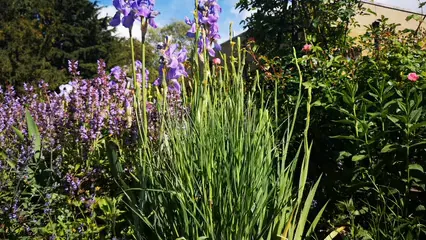
Summary and Overview
Texas Sage, scientifically known as Leucophyllum, is a hardy shrub native to Texas. It flourishes in hot, dry climates, making it an ideal choice for xeriscaping. This drought-resistant plant not only conserves water but also adds beauty to gardens. Its striking blooms attract pollinators, enhancing local ecosystems. In this guide, you’ll learn about care tips, popular varieties, and landscaping uses for Texas Sage.
Speaking of care, don’t forget about the power of organic compost. Enrich your soil with this natural option, and watch your Texas Sage thrive like never before!

Texas Sage Varieties
Overview of Popular Varieties
Texas Sage showcases a delightful variety of types, each with unique characteristics. Understanding these varieties helps you choose the right one for your garden.
- Lynn’s Legacy Cenizo: Compact and drought-resistant, this variety features light purple flowers and thrives in well-drained soil.
- Desperado Texas Sage: Known for its tall growth, this shrub has gray leaves and requires full sun to flourish.
- Green Cloud Texas Sage: With magenta flowers, this variety is forgiving when pruned and can grow quite tall.
- Heavenly Cloud Texas Sage: This fast-growing hybrid showcases medium green leaves and is perfect for quick coverage.
- Microburst Texas Sage: Ideal for smaller spaces, this variety maintains a dense shape and tolerates poor soil.
Each of these varieties brings distinct visual and functional benefits to your landscape. Choosing the right one depends on your specific gardening needs and aesthetic preferences.
And while you’re at it, consider adding a Butterfly Garden Book to your gardening library. Attracting butterflies will enhance the beauty of your Texas Sage and your entire garden!
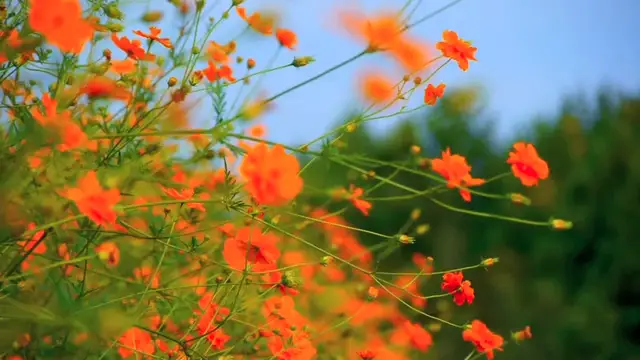
Growing Conditions
Sunlight Requirements
Texas Sage thrives in full sun, needing 6 to 8 hours daily. This bright light is crucial for vibrant blooms and healthy growth. When positioned in direct sunlight, the plant becomes compact and lush. Insufficient sunlight leads to leggy growth and fewer flowers. So, if you want a colorful display, ensure your Texas Sage gets plenty of sunshine.
Have you ever noticed how flowers seem to burst forth after a sunny day? That’s the magic of sunlight! It energizes your plant, encouraging it to produce stunning blooms. Make sure to place your Texas Sage in a spot that basks in sunlight.
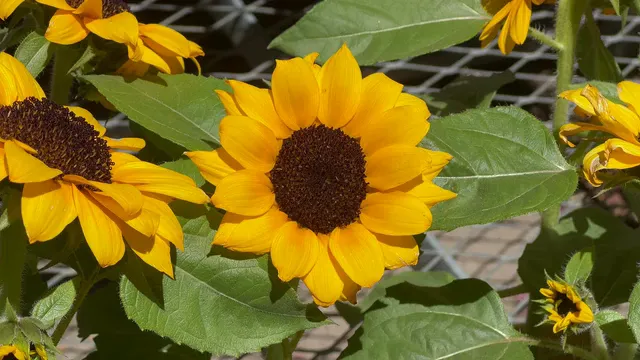
Soil Preferences
Texas Sage prefers well-drained, sandy soil. This plant flourishes with excellent drainage, as it doesn’t like sitting in water. Heavy, moisture-retentive soils can lead to root rot. To create the ideal environment, mix sand or gravel into the soil.
If your garden has clay or overly compacted soil, consider raised beds or containers. This helps improve drainage, which Texas Sage craves. Remember, a happy plant grows in the right conditions. Speaking of which, a Raised Garden Bed Kit could be your best friend in achieving that perfect drainage!
By choosing the right soil and ensuring ample sunlight, you’ll set your Texas Sage up for success. Happy gardening!
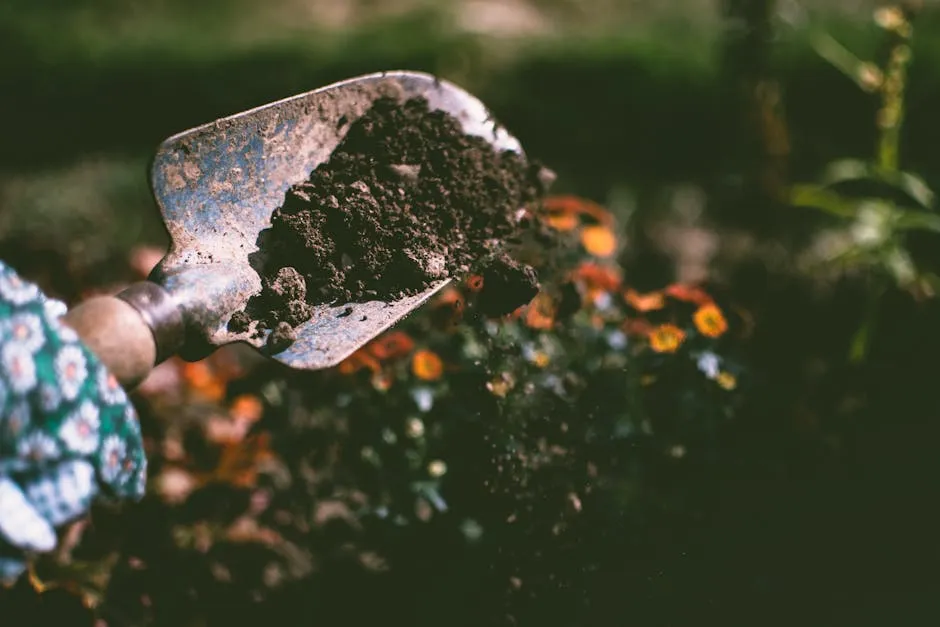
Watering Guidelines
Texas Sage is a drought-tolerant plant. Water it thoroughly, but infrequently. Typically, once every two to three weeks is sufficient. Wait until the top inch of soil is dry. This helps the roots develop a strong system.
Overwatering can lead to problems. Signs include yellowing leaves or wilting. To prevent this, always check the soil moisture before watering. If it feels damp, skip the watering that week. Remember, less is more with Texas Sage!

Fertilization Needs
Texas Sage has minimal fertilizer needs. It thrives on natural compost rather than chemical fertilizers. Using compost enriches the soil without overwhelming the plant. If you want to take it a step further, consider a high-quality plant food to give your Texas Sage an extra boost!
Fertilize in February to kickstart spring growth. A handful of compost will do the trick. This timing supports blooming and healthy foliage. After that, you can wait until late summer before fertilizing again.
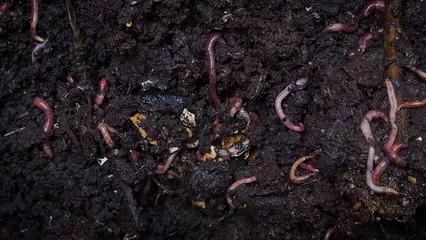
Pruning and Maintenance
Pruning Texas Sage keeps it looking its best. Aim for a natural shape, rather than a rounded one. This approach encourages healthy growth and airflow.
Perform selective pruning in late winter or early spring. Remove any dead or damaged branches. Seasonal care tips include checking for pests and ensuring the soil drains well. This simple maintenance promotes robust growth and beautiful blooms.
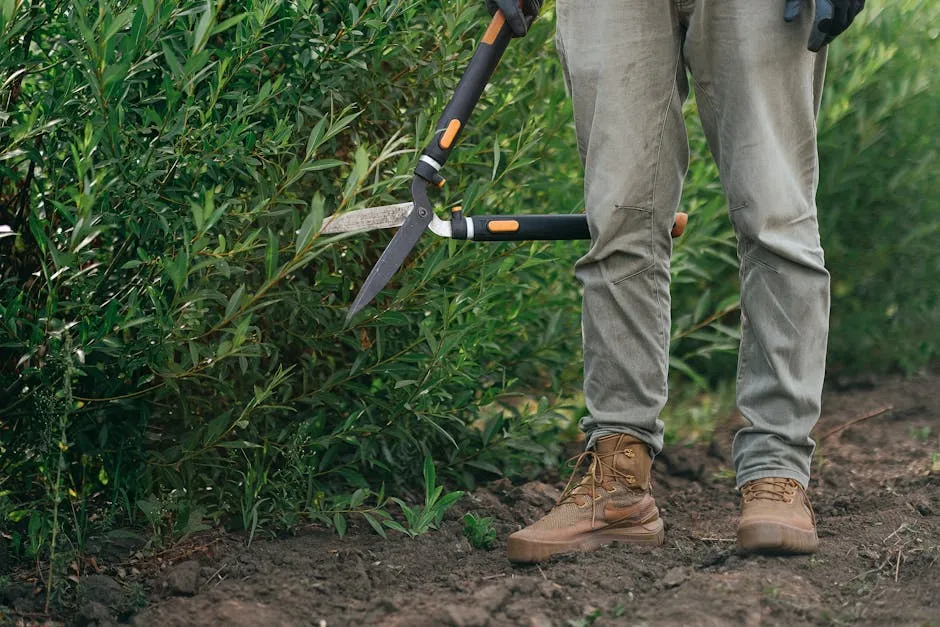
Common Pests and Diseases
Overview of Potential Issues
Texas Sage can face a few common pests. Aphids and spider mites are among the most frequent offenders. These pests can sap the plant’s energy, leading to unhealthy foliage.
Diseases can also affect Texas Sage, particularly cotton root rot. This fungal disease thrives in overly wet conditions. It can devastate the plant if not addressed quickly. Recognizing these potential issues early is key to maintaining plant health.

Prevention and Treatment
Prevention is always better than cure. Regularly inspect your Texas Sage for pests. If you notice any, consider using natural remedies. Neem oil or insecticidal soap can effectively combat pests without harsh chemicals. Grab a bottle of insecticidal soap for quick and easy pest control!
To prevent diseases, ensure proper watering practices. Avoid soaking the soil, as this encourages root rot. Good drainage is essential. With these strategies, your Texas Sage will thrive and remain healthy.

Benefits of Texas Sage in Landscaping
Drought Resistance
Texas Sage is a true champion of water conservation. This plant thrives in drought conditions, making it a perfect fit for Texas gardens. With its ability to survive on minimal water, it plays a vital role in xeriscaping. Xeriscaping is a landscaping method that reduces the need for irrigation. By incorporating Texas Sage, you can create a beautiful garden that requires less water. This not only saves resources but also cuts down on your water bill.
And while you’re planning your xeriscaping, consider a draining soil mix. It will ensure that your plants thrive in those dry conditions!
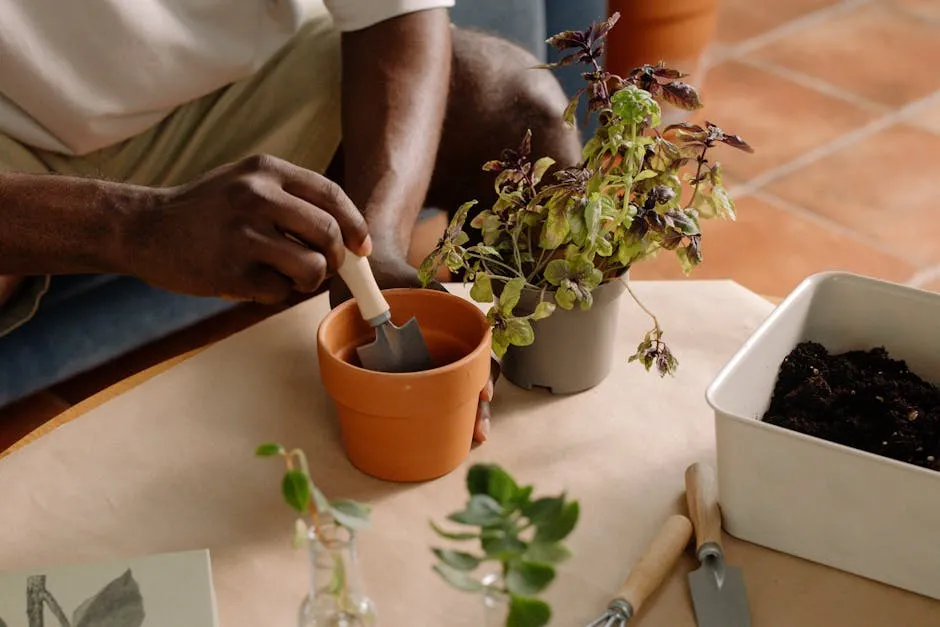
Wildlife Habitat
Texas Sage is more than just an attractive plant; it also serves as a haven for wildlife. Its vibrant blooms attract various pollinators, including bees and butterflies. These creatures are essential for a healthy ecosystem. By planting Texas Sage, you contribute to the local environment. You’ll notice more buzzing bees and fluttering butterflies in your garden, creating a lively atmosphere. This plant plays a crucial role in sustaining local wildlife, making it a valuable addition to any garden. Learn more about creating a space for wildlife with our guide on how to create a backyard wildlife habitat.

Aesthetic Appeal
The visual impact of Texas Sage in your garden is undeniable. With its stunning purple flowers, it adds a splash of color, especially after rain. These blooms create a striking contrast against the plant’s silver-gray foliage. Texas Sage is perfect for informal hedges and borders, providing a natural look. Its dense growth habit makes it an excellent choice for privacy screens as well. Imagine walking into your garden and being greeted by a beautiful display of flowers. Texas Sage can transform your outdoor space into a vibrant oasis.
To enhance that aesthetic, consider adding some decorative plant markers. Not only do they keep your garden organized, but they add a touch of charm too!

Observations on Blooming
Texas Sage, or Leucophyllum, is known for its stunning blooms. These flowers typically appear in cycles, often triggered by seasonal changes. After a good rain, the plant bursts with vibrant purple blooms, creating a breathtaking display. Have you ever seen a garden transform after a storm? That’s Texas Sage at its best!
The blooming period can vary, but generally, Texas Sage flowers most during warm months. However, environmental conditions play a crucial role. For instance, higher humidity levels often promote more abundant flowering. If you want to maximize blooms, consider placing your Texas Sage in a location that receives plenty of sunlight and occasional moisture. With the right care, you can enjoy a beautiful floral display that brightens your garden throughout the growing season.

FAQs
What is the best time to plant Texas Sage?
Plant Texas Sage in spring or fall. These seasons provide the best conditions for establishing roots before extreme weather.
How often should I water Texas Sage?
Water Texas Sage every two to three weeks. This frequency allows the soil to dry out between watering, which is essential for its health.
Can Texas Sage survive winter?
Yes, Texas Sage is hardy and can survive mild winters. For extra protection, consider mulching around the base during colder months.
What pests affect Texas Sage?
Common pests include aphids and spider mites. Regularly inspect your plant and treat any infestations with natural remedies like neem oil.
Is Texas Sage native to areas outside Texas?
While primarily native to Texas, Texas Sage can adapt to other arid regions. Its resilience makes it suitable for various climates.
Please let us know what you think about our content by leaving a comment down below!
Thank you for reading till here 🙂 And don’t forget to check out our garden trellis options for supporting your blooming beauties!
All images from Pexels



